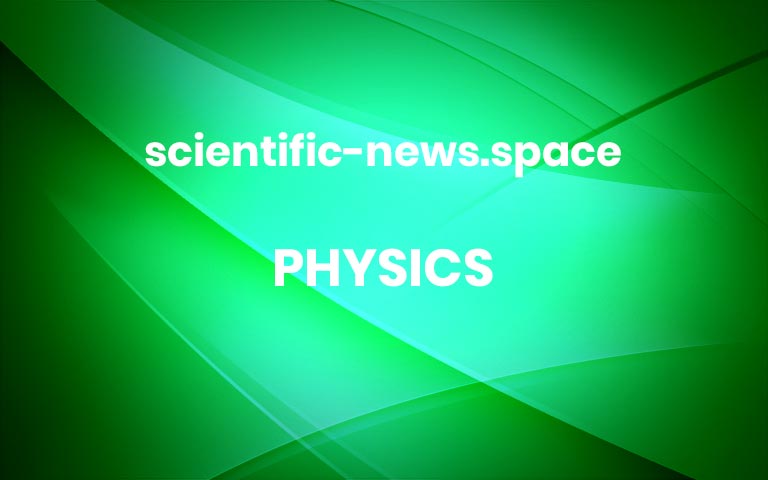Andrea Young uncovers the strange physics of 2-D materials
Speaking with Andrea Young feels like watching a racehorse holding itself back at the starting gate. We met on the campus of the University of California, Santa Barbara, where he’s a condensed matter physicist, to chat about his work on 2-D materials. His mind seems to be working faster than the conversation can flow. My […] More


